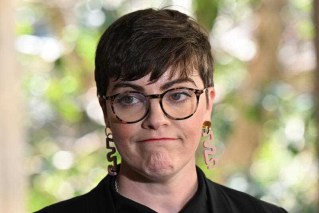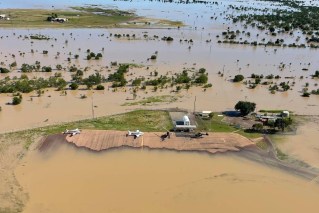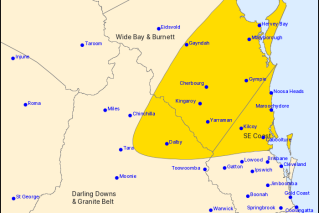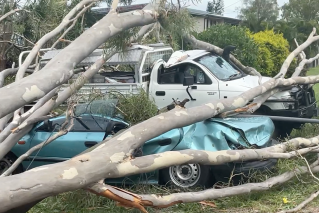Bilbies’ important mission, to breed fast and often
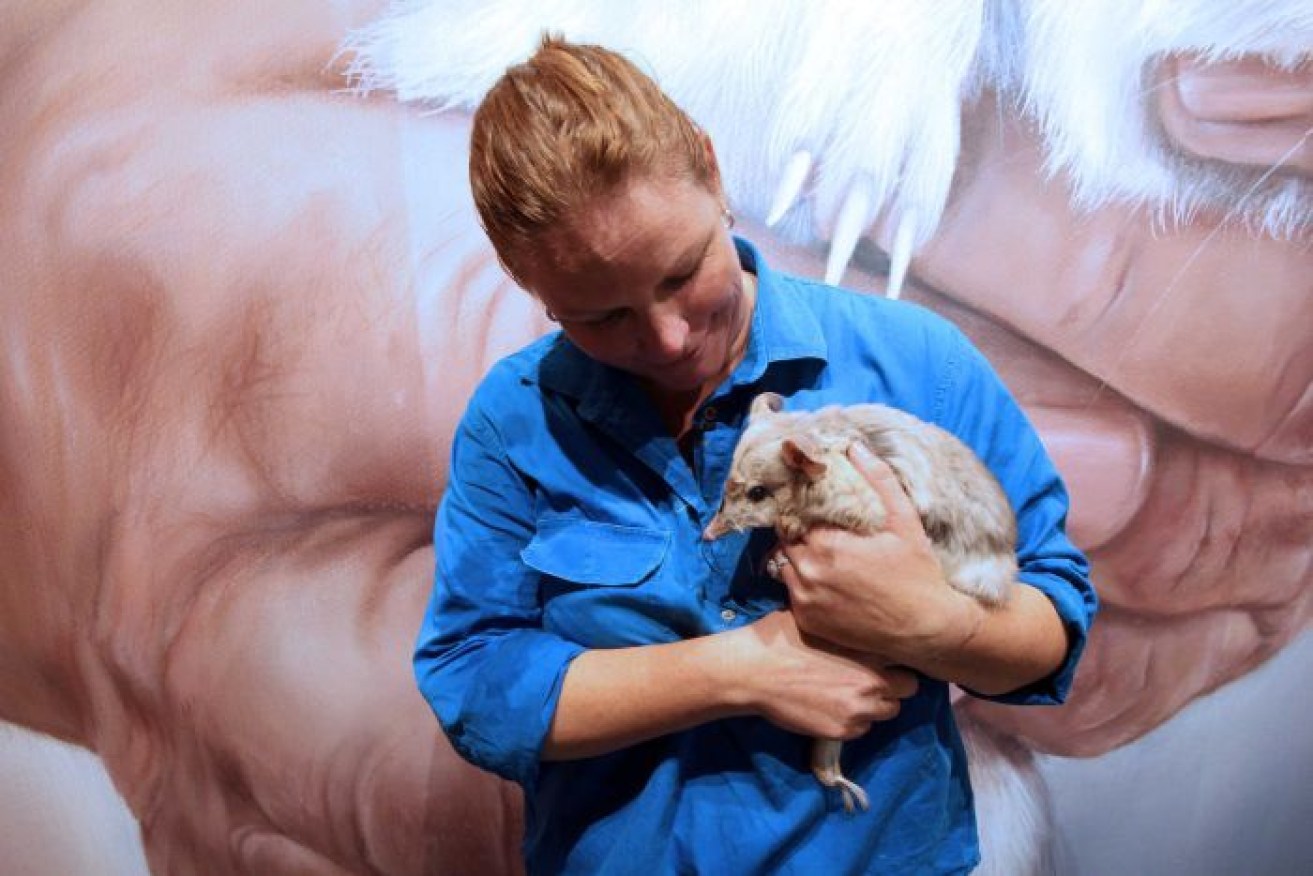
Kat Castles with Sarah the bilby at Charleville's Bilby Experience. Photo: ABC
Conservationists are hoping love will stay in the air, not just on Valentine’s Day, but all year round for bilbies about to be released into the wild in south-west Queensland.
They have one mission – to breed fast and often. It is something the endangered marsupials are experts in.
“They are only pregnant for two weeks,” Charleville-based bilby vet Kat Castles said. “Lucky mum!”
The young bilby migrates to the pouch where it develops over the next 80 days.
“They start out looking like little pink jelly beans and within a month they’ll get whiskers. Then at three-months-old they’ll be fully-furred and out of the pouch,” Ms Castles said.
“Even more incredible, a week before the joey is ready to leave the pouch mum can fall pregnant again.”
In theory, bilbies can breed four times a year and they need to, as the bilby is one of 15 endangered mammals in Queensland.
“It’s great to be able to breed them up in captivity, they’re so good at it. But the idea is to get them back out into their natural environment,” Ms Castles said.
Call of the wild
It has been almost a decade since the last captive-bred bilbies were released into a special fenced enclosure in the Currawinya National Park in south-west Queensland.
The Currawinya fence suffered significant flood damage in 2010 and 2011 with floodwater washing parts away and causing widespread rust which allowed predatory cats through.
The fence has since been repaired, the cats eradicated from the enclosure, and bilbies are now ready to return.
Save the Bilby Fund hopes to release 60 animals over the next three years.
Australian fauna at biggest risk of extinction
Seventeen unique Australian birds and mammals are likely to disappear from the face of the Earth in the next 20 years unless Australia improves its protection of threatened species.
“What will save them is their ability to breed rapidly and year-round,” said the CEO of Save the Bilby Fund, Kevin Bradley.
“They are breeding in the wild, but sadly they haven’t been able to keep up with predation.”
The biggest threat to the bilby is introduced species.
“That includes the red fox and the feral cat,” Mr Bradley said.
Australia, unfortunately, has one of the worst mammal extinction records anywhere in the world, and it’s purely because our animals just weren’t adapted to these introduced species.
“Now [bilbies] only really occur where it’s too hot and dry and horrible for cats and foxes to survive.”
Mr Bradley says the bilby’s habit of ‘breeding like rabbits’ stands it in good stead.
“We might also want to change the saying to ‘breed like bilbies’ while we’re at it,” he laughed.
“It’s a numbers game. We’re lucky they breed so quickly, and we urge them to do more of it.”



